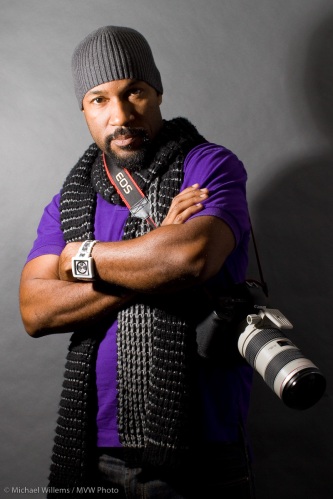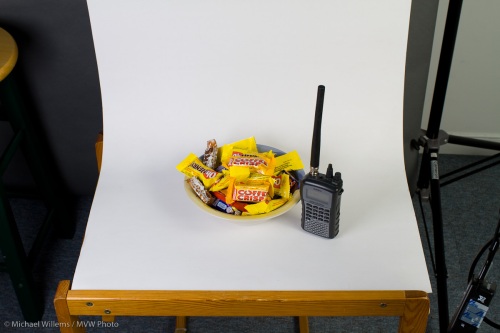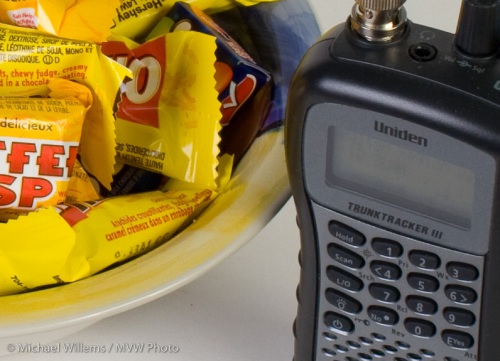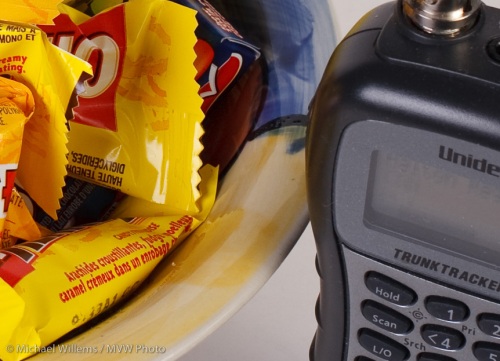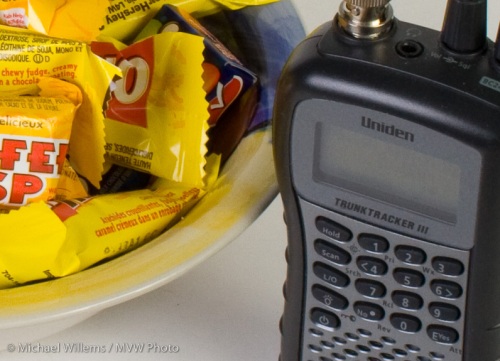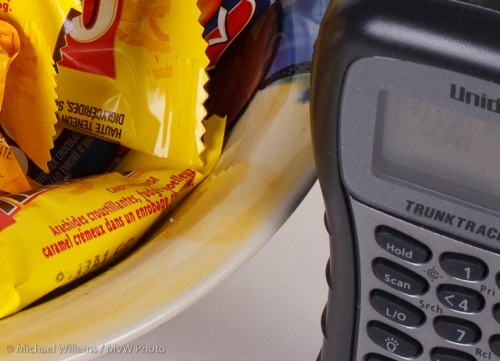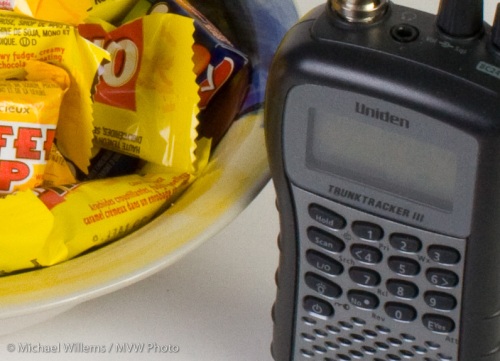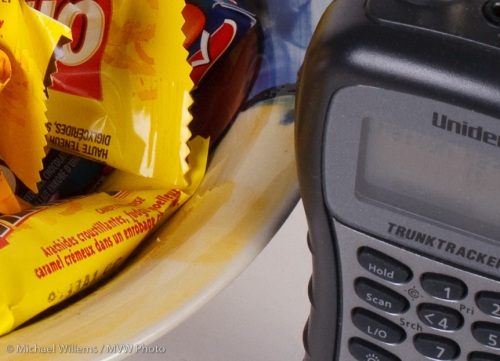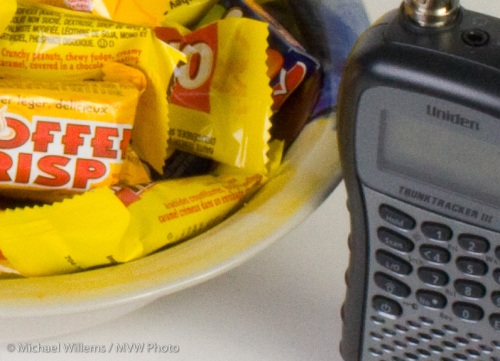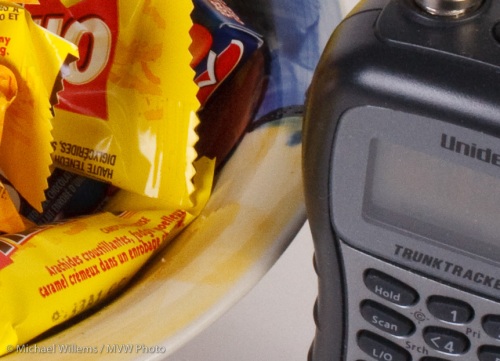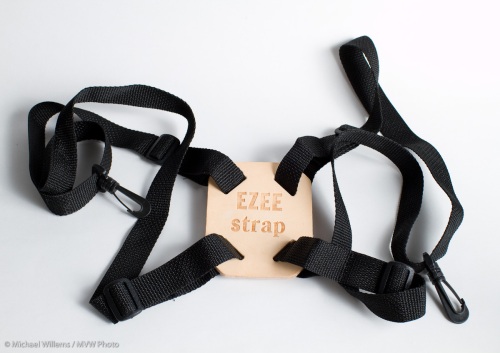You all read these. Right?

Your camera manuals. You read them.
Or not?
If not, I do not blame you. Photography is not complicated, but these manuals do a very good job at making it seem so. Plus, they are written in a 6-point thin font that makes it very tough to read anything if you are over the age of 25.
My advice: please do not be put off by these overly complex manuals, and take a course instead. In a few hours I can teach you what you would take years to learn reading manuals.
I spend a lot of time working out why this is – why these manuals are so complex. I think it is a combination of:
- They are aimed at people who know photography already.
- They fail to distinguish between what is simple and what is complex.
- The writers do not share your experiences.
Much of it is that last point. Why, for instance, do they call “continuous focus” (where the camera keeps trying) by the name “AI Servo”? Most people think the “AI” is pronounced “AL”, like the name. But it is short for Artificial Intelligence. “Servo” means an accurately controlled motor with feedback. How on earth would normal people know that? They wouldn’t, is the answer.
So rest assured. It’s not you, and it’s not that photography is complicated.


